The effect that Covid-19 has had on businesses, whether directly or indirectly, is immeasurable, and the insurance industry hasn’t gone unscathed. As Oliver Bate, CEO of Allianz, put it, “the virus has hit insurers like a meteorite”.
As businesses look to build themselves back up again post-pandemic, coupled with the already hardening market, the increased need for insurance protection means the demand will exceed the supply for the first time in many years. As a result, the implications of this are likely to affect commercial clients.
What is the hard market?
There are two types of insurance cycle conditions – hard and soft – that can affect the market. In a hard market, you are likely to see high premiums; a reduced appetite due to stricter underwriting criteria; decreased capacity, meaning insurers write less policies; and lower limits on policies.
Whereas in a soft market, you will typically experience low premiums; a broad appetite and availability of cover; increased capacity, meaning insurers write a high volume of policies; and higher limits on policies.
We had been in a soft market for around 15 to 16 years, but since the end of 2019 and into early 2020, we’ve been experiencing a harder market. This may be the first time many firms are experiencing a hard market as the last one was in 2001 to 2004.
What industries are affected?
All commercial businesses could be affected by the hard market as capacity decreases and premium prices rise across the board. However, there are some trades which could be impacted quite heavily.
FOOD AND DRINK INDUSTRY
The devasting Grenfell Tower fire in 2017 has led to insurers becoming increasingly cautious when it comes to the use of composite panels, as well as placing additional pressure on food and drink businesses to show that they have strong risk management in place.
In addition, those businesses that have processes that use heat generation, such as deep fat frying, will likely need to have solid safety measures and business continuity plans in order to get cover over the line. In addition, the detail and quality of presentations to underwriters will need to be high to secure the best terms of cover and hopefully reduce price hikes.
The food and drink sector has also been hugely impacted by lockdowns and Government regulations around Covid-19. Before the pandemic, insurers were calling for premium increases for casualty risks (which includes product recalls, standard liability and product liability) to offset the increase in claims and operational fees from legal fees rising. The pandemic will have compacted this as, generally after major scenarios, insurers typically prioritise underwriting property risks over casualty.
PROPERTY OWNERS
Storms Ciara and Dennis in early 2020 had an impact on the hardening of the market. House prices were low at the start of 2020, meaning insurers were losing money on property cover. The claims made because of the storms hit insurers when they were already making a loss on property premiums. Following Storms Ciara and Dennis, scientists have warned there could be more intense storms and major floods to come, with the frequency increasing to every two to five years in the last decade, compared to 15 to 20 in the past century.
With an increase in the number of claims as a result of storms and floods, in addition to restrictions on what insurers are able to insure because of the hard market, this could continue to drive premiums up and reduce the number of policies they write in the property arena.
If you’re a property owner, assessing your flood risk could help you to secure insurance more easily. Using a flood map to determine how likely is it is for the area where your business is situated to flood can be a valuable exercise. Below are flood maps for the whole of the UK to find out whether your area is at risk of flooding:
- England: Government Flood map for planning
- Wales: Natural Resources Wales’ flood map
- Scotland: Scottish Environment Protection Agency’s flood map
- Northern Ireland: Department of Agriculture and Rural Development’s flood map
What can I do to lessen the impact of the hard market?
We understand that the hard market conditions can be frustrating. There are a couple of things you can do to mitigate the blow of the hard market on your business.
IMPLEMENT A RISK MANAGEMENT SYSTEM
Having a robust risk management protocol is key in today’s market. Not only does it help you identify any risks, but it also gives underwriters reassurance that you’re doing all you can to minimise them. Plus, it can help to set you apart from competitors who don’t have one; both insurers and clients may see you as a safer choice.
SPEAK TO YOUR BROKER
Our biggest piece of advice is to engage with us early as your broker. We’re on your side and can use our contacts in the market to find you the best possible cover.
If you have a renewal coming up, you may find that we are getting in touch with you earlier than we previously have done, this is to prepare for any snags that may happen. We can plan well advance of your renewal date to identify any issues with placing the risk, so we can bolster your presentation to give you the best chance of securing protection. In addition, we can look at alternative and specialist avenues if the open market isn’t biting.
This also applies to new policies. If you have a fresh risk you need to find cover for, we’d recommend speaking with us early. The sooner we know about a policy your business requires, the sooner we can help you.
If you have any questions regarding the hard market, please don’t hesitate to contact our friendly team at Aldium Insurance today on 0151 336 5881.

